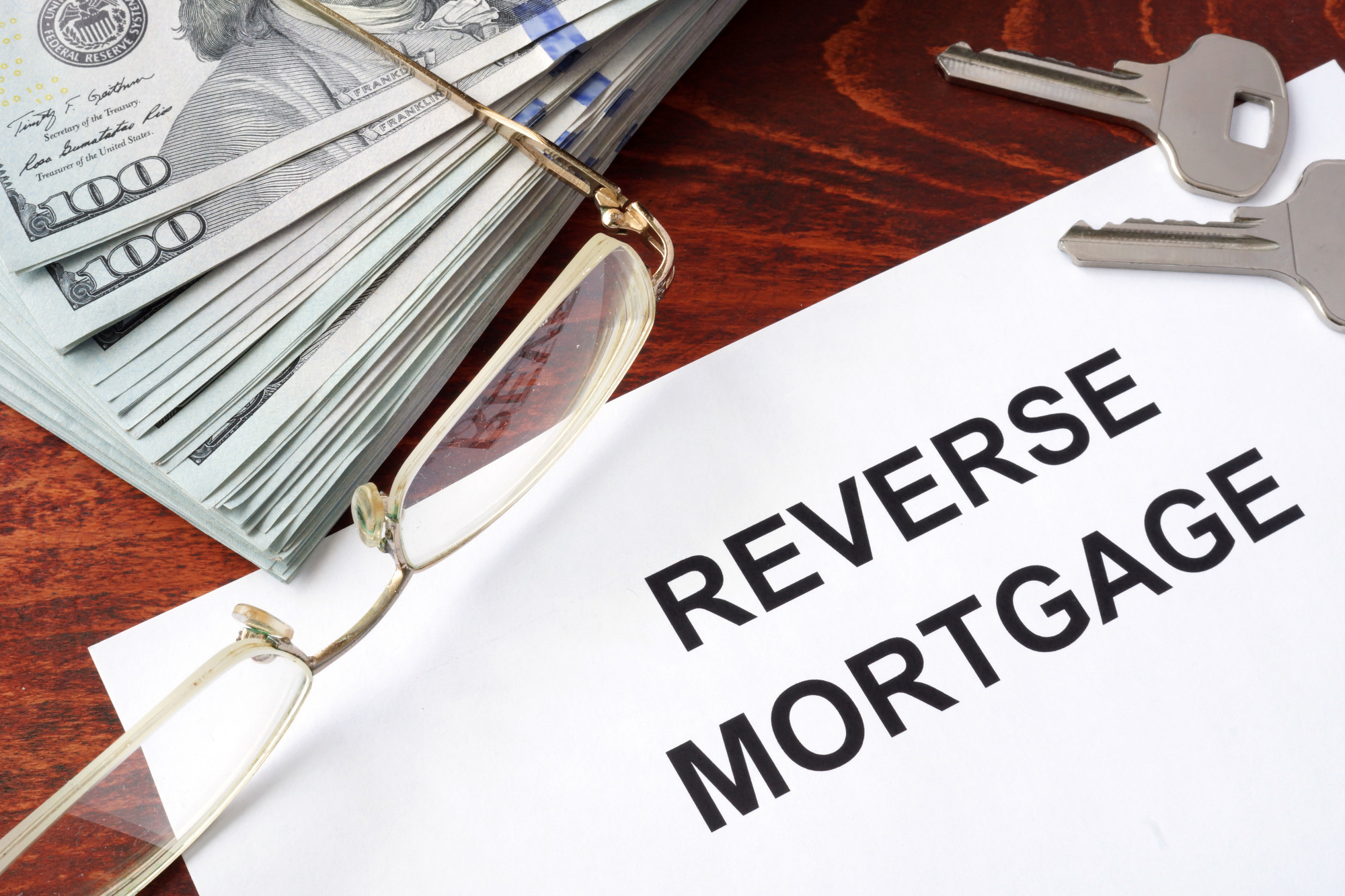What is the downside of a reverse mortgage? No doubt, a life-time of experience has taught you to be cautious when it comes to “new” financial products.
The reverse mortgage is a relatively new credit option when compared with better-known options like credit cards and credit loans. However, you may be surprised to know that the reverse mortgage has been well-established for some 30 years.
But that doesn’t mean it’s the right option for you. You need a clear, objective explanation without a sales pitch at the end. Read on to crack through the financial jargon and assess your own candidacy.
Table of Contents
A Reverse Mortgage – Lingo Buster
First point of clarification: it is not a mortgage that saves money. All mortgages cost money; they are financial products and as such, they come with a price. However, the question remains: what is a reverse mortgage?
The key difference between a standard mortgage and a reverse mortgage is how your debt changes over time. The traditional mortgage allows you to reduce your debt as time passes.
The reverse mortgage does the opposite. Basically, your debt or the financial cost of your credit will increase over time.
Nuts and Bolts of a Reverse Mortgage
The basic “working parts” of the reverse mortgage is the amount of money you intend to borrow set against the equity within your property. When your property is sold (either when you become deceased or beforehand), the value of your loan will be repaid; plus a credit charge related to the value and duration of the loan.
The mortgage provider does not know how long it will be before they can reclaim the debt from selling your house. Further, the mortgage provider cannot be certain of the housing market at the time of sale. These parameters can be considered a measure of risk on the part of the provider.
It stands to reason, the greater the risk that the provider is willing to accept, the greater the overall cost of this financial product.
Reverse Mortgage – The Good Stuff
One of the best things about a reverse mortgage is that you do not have to sell your home while you’re living in it. That means a lifetime of work to buy your home is not lost when you retire.
You can enjoy living in your home throughout the remainder of your life if you choose. The house will only be sold when you die.
A further advantage of a reverse mortgage is that it can offer you access to significant credit, even though you may be well past your money-earning days. Accessing credit as an older person can be very challenging, so a reverse mortgage could be a good option.
So What Is the Downside of a Reverse Mortgage?
So far, so good. Everything sounds great. You get credit and it’s paid off when you die or your house is sold.
That may initially suit you, but it may not suit your family. If there is an expectation of inheriting the property, or it’s your wish to pass the property onto your children, then it could get expensive.
It’s possible your children could still inherit the property, but they would also potentially inherit significant debt. In part, this is because of the cost of credit increasing over time rather than reducing as in a traditional mortgage model.
Apart from retaining the property within the family, the other major aspect of consideration relates to the payment of taxes and insurance.
A Housing and Urban Development report issued last year indicated approximately 90,000 reverse mortgage loans held by seniors were at least 12 months behind in payment of taxes and insurance. That is at least a 100% increase when compared to the year before.
Further, loan terminations have increased from 2% to 18% over as little as 4 years between 2014 and 2018.
That raises the question: who in particular is a bad fit for taking out a reverse mortgage?
Bad Fit for a Reverse Mortgage
To answer this question, you need to consider: what is the purpose of seeking credit at this stage in life?
If the primary reason is your outgoings are exceeding your income, then you may be heading down the wrong track with a reverse mortgage.
If you do not have enough income to meet your basic bills, you may reason that the extra income will help you do that. However, beware. At some point, your credit injection will have been spent and you may not have accurately foreseen additional costs in taxes and insurances.
If you encounter this situation and cannot pay your taxes and insurances, you may risk losing your property.
If this is your situation, or you’re trying to bridge a financial gap in some way, then other credit options or strategies may suit you better. For example, it may simply be better to sell your property outright and downsize. Consider getting a professional opinion first from The Steven J Sless Group or someone else like them who can offer flexibility and objectivity.
Do the Numbers Add Up?
You can’t really call the reverse mortgage a new thing anymore. It’s been around for many decades.
Despite that, the mystery remains. It can be complicated and difficult to know if this is something that will work for you.
Remember the basic principles in this article and they will protect you from making a big mistake. Now that you know what is the downside of a reverse mortgage, you’re better placed to make smarter financial decisions.
Check out more thought-provoking articles on this site.


















